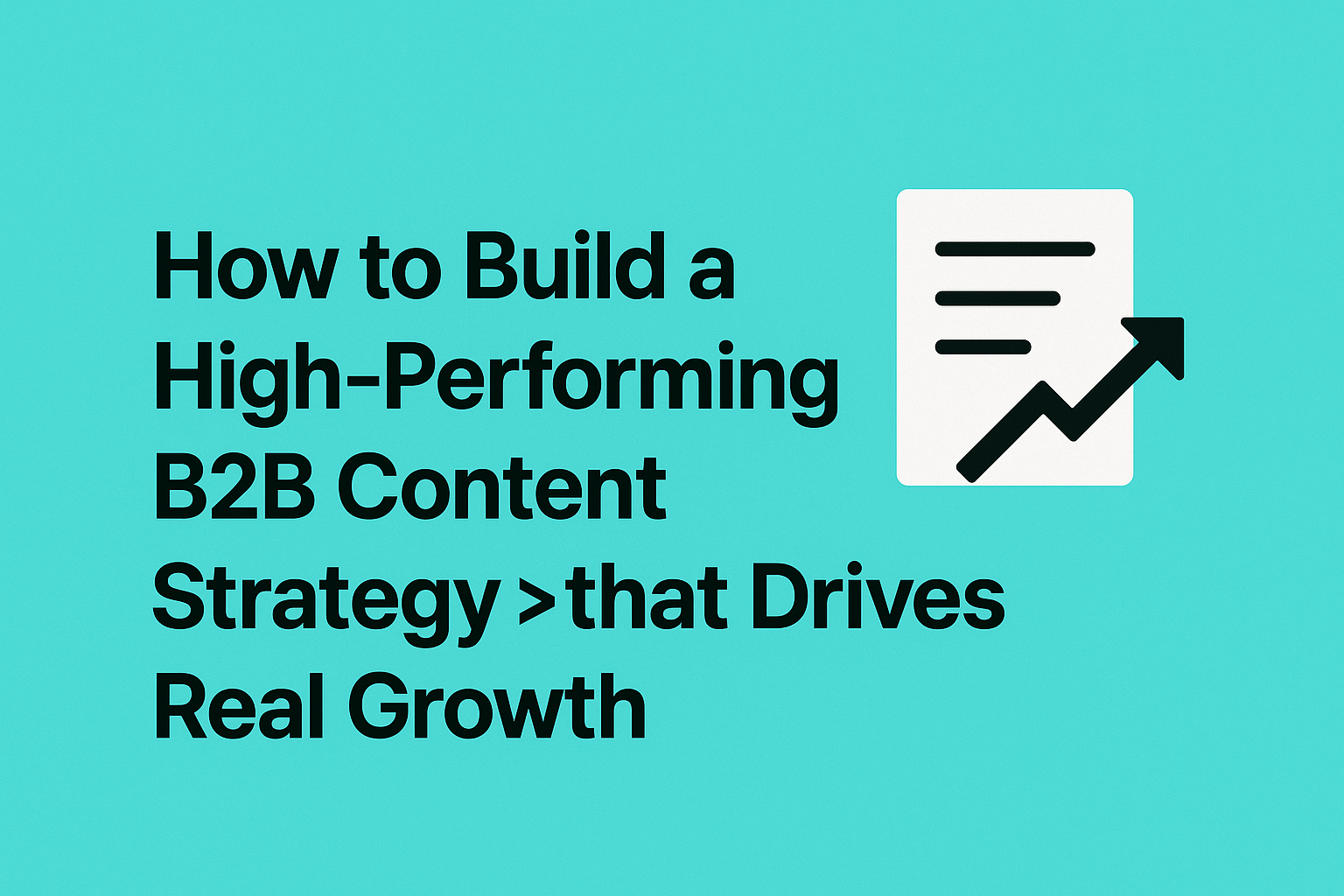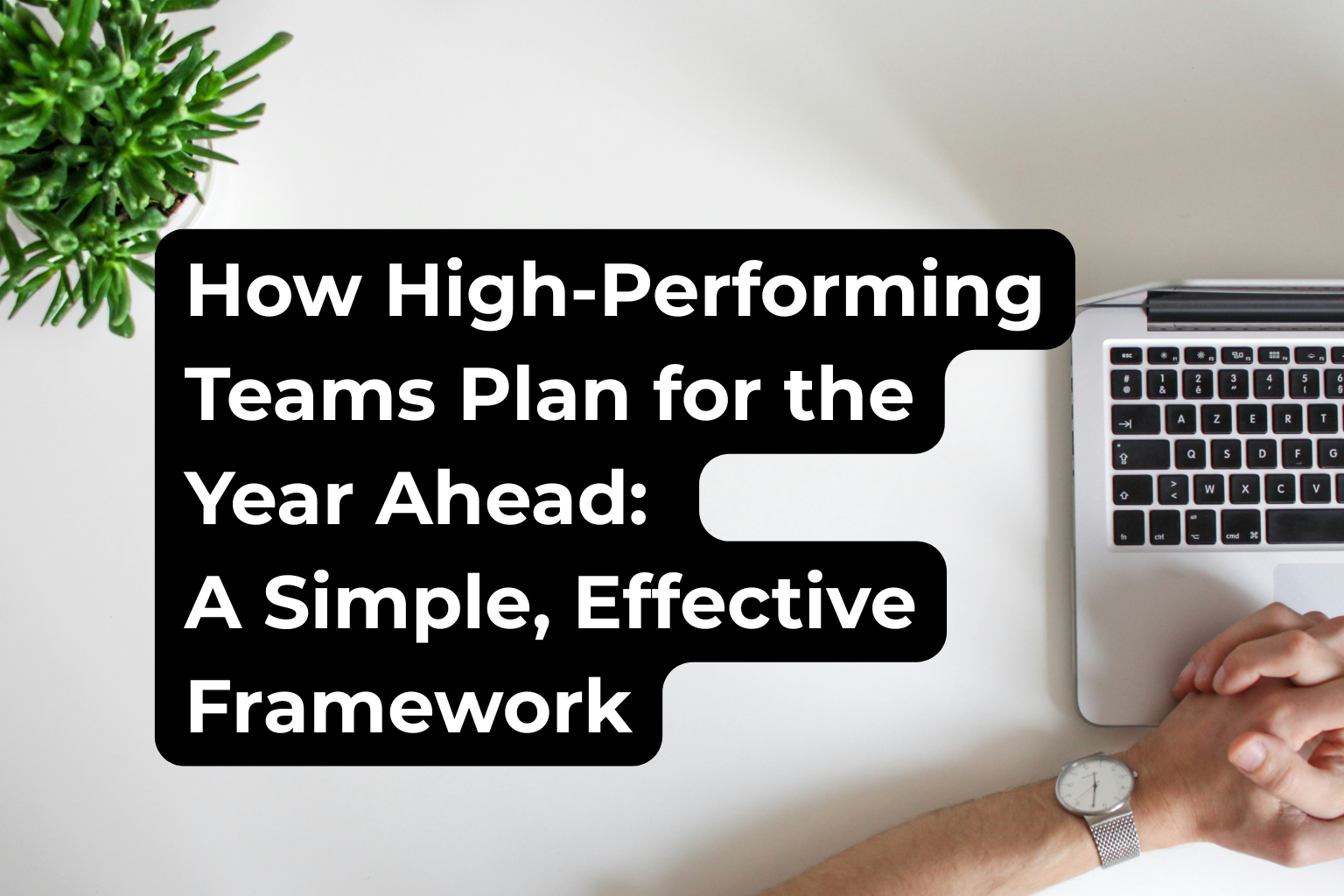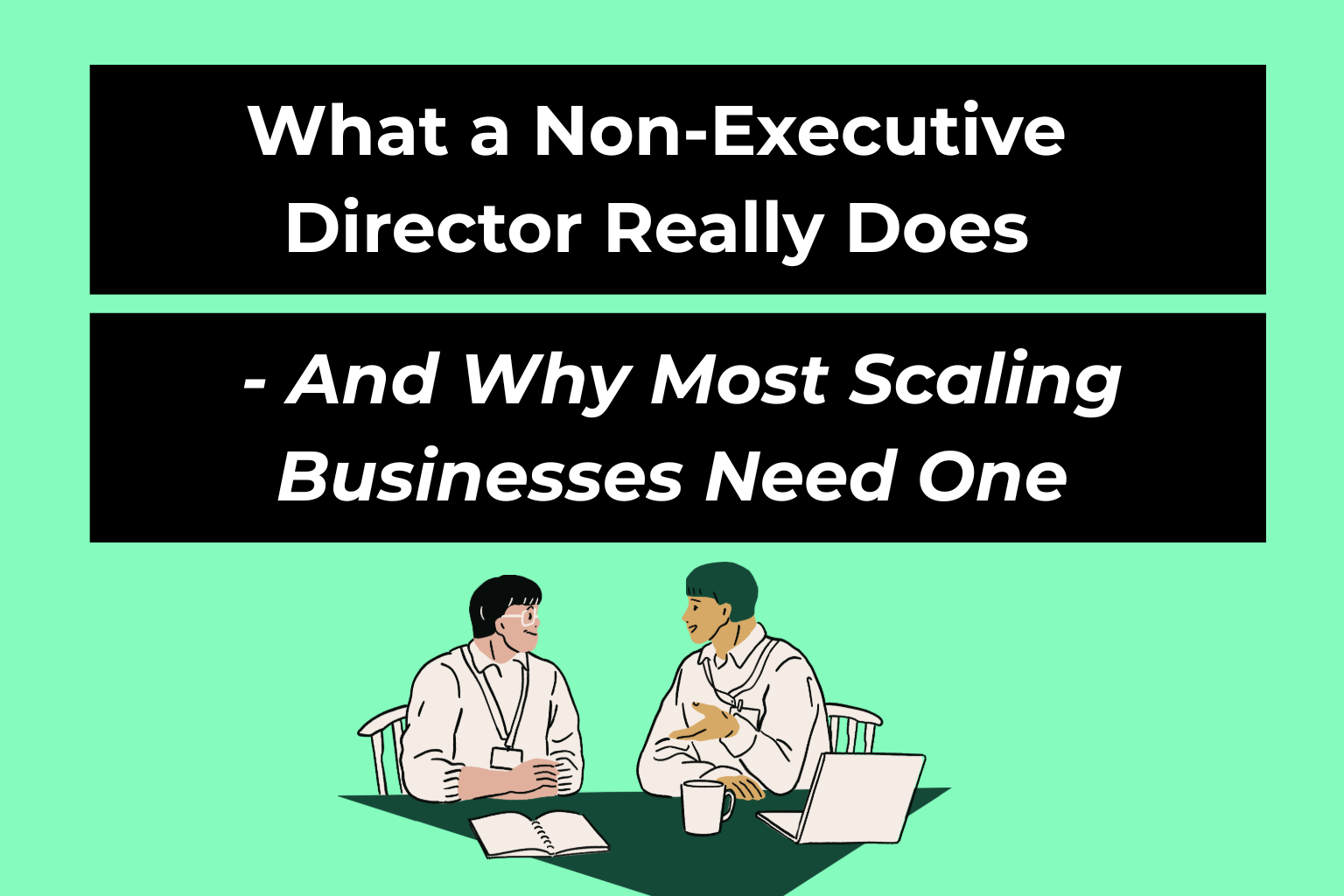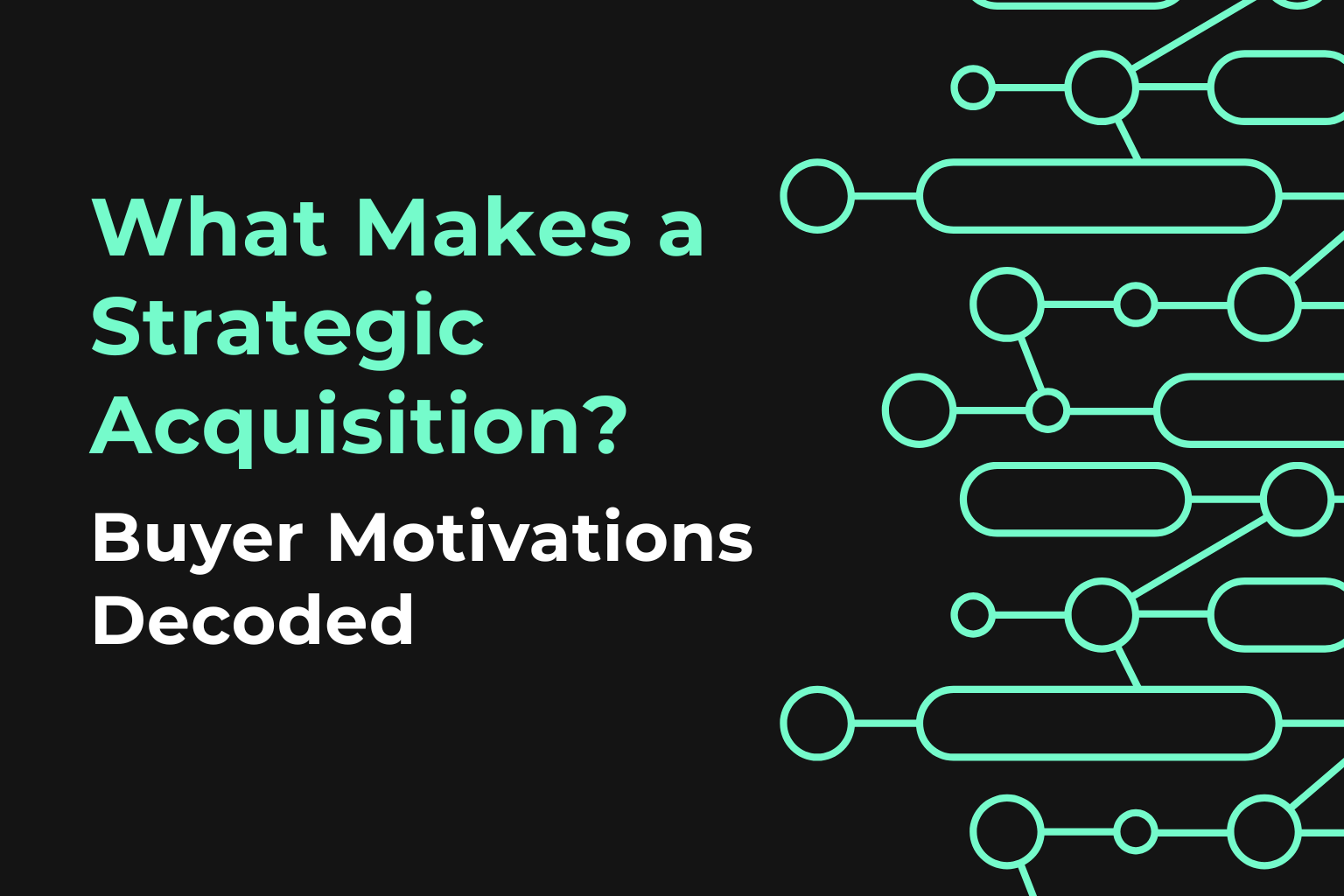One of the most common questions I get from senior marketing and growth leaders is this:
‘How do we build a content strategy that actually grows our audience and drives leads?’
Most marketing agencies already know content matters. But very few are seeing ROI from it. Why? Because they lack a strategic foundation. It’s not a content quantity problem – it’s a clarity and structure problem.
This guide is the 10,000ft playbook I share with agency teams who want to get serious about demand generation through content. It’s been shaped by 20 years of hands-on work in sales, marketing and growth.
Step 1: Define Your Niche and Offer
Before you create a single piece of content, you need to get radically clear on three things:
- Demographics: Who are you targeting? (e.g. Founders or CMOs at growth-stage B2B agencies)
- Psychographics: What do they believe, value or struggle with? (e.g. they value data-driven creative, but struggle with proving campaign ROI to clients)
- Pricing Positioning: Where do you sit in the market? Premium, mid-tier, budget?
Without this clarity, your content will feel vague, generic and unmemorable. But when you know exactly who you help and what problem you solve, your content becomes magnetic.
🔍 Ask yourself: Would a stranger reading our content immediately know who it’s for and what we do?
Step 2: Master the 3 Core Content Types (The 65/25/10 Rule)
A high-performing B2B content engine balances three content types in a strategic ratio:
🎓 Authority Content (65%) – Educate
This is where you build trust by showing your expertise and giving value.
Formats include:
- Campaign teardown walkthroughs
- How-to guides for client reporting, audience targeting or lead nurturing
- Playbooks & templates (e.g., “Our ad testing matrix for client launches”)
- Creative process breakdowns
- SEO or PPC checklists
- Industry commentary with your POV
Example: “Why most agencies waste 40% of ad spend (and how to fix it)”
💬 Personal Content (25%) – Connect
Let your audience see the human behind the brand. People buy from people.
Great formats:
- The founder’s story
- Mistakes and lessons from running a team or client campaign
- Milestones and reflections (e.g. “What we learned after our first $100k client”)
- Agency values or mission posts
- Behind-the-scenes of your creative process
Example: “Why We Stopped Selling Packages and Started Selling Outcomes”
🚀 Sales Content (10%) – Convert
When done right, this content doesn’t feel like selling. It’s about showing proof and making it easy to buy.
Formats:
- Client success stories
- Before/after client campaign results
- Case studies
- Offer breakdowns (e.g. “Our new client onboarding process”)
- Scarcity triggers (e.g. “Only 2 slots left for Q3 strategy sprints”)
Example: “How We Helped a Creative Agency Double Their MRR With Better Positioning”
Step 3: Spot the Failure Points
If your content isn’t performing, it usually comes down to one of two problems:
- Fuzzy Niche & Offer
- If your content could apply to anyone, it resonates with no one.
- Get specific. Get bold. Get narrow to grow fast.
- Unbalanced Content Mix
- Too much personal content? You may get likes but no pipeline.
- Too little authority? You’re not building trust.
- Too little sales? You’re not giving people a path to buy.
Pro tip: Audit your last 10 posts and tag them by type. Is your mix off?
Step 4: Build a Weekly Content Flow
Once your positioning and content types are dialled in, consistency is everything. Here’s a simple weekly flow:
- Mon: Authority Post (e.g. How-to or insight)
- Wed: Personal Post (e.g. Lesson learned or behind-the-scenes)
- Fri: Sales Post (e.g. Proof or case study)
Keep it light, relevant, and above all—useful.
Conclusion: Create Content That Earns Trust, Not Just Attention This framework isn’t about going viral. It’s about building a content system that scales trust, nurtures relationships, and ultimately drives qualified leads.
If your content isn’t performing, start by asking:
- Do we really know our niche and offer?
- Are we educating more than entertaining?
- Are we making it easy to buy?
Nail this strategy, and you’ll build a pipeline that grows even while you sleep.



